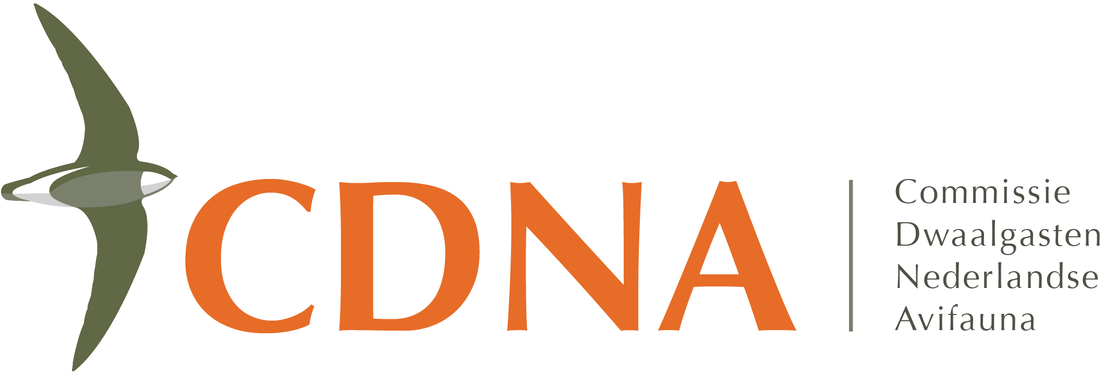Epauletspreeuw
Agelaius phoeniceus · Red-winged Blackbird
| id | 33222 | |
|---|---|---|
| datum | 9 juni 1980 t/m 21 maart 1982: 651 dagen | |
| gemeente | Voorne aan Zee (ZH) | |
| locatie | Oostvoornse Meer / omgeving Parnassiavlak | |
| coördinaten | N 51.91839 O 4.0609 | |
| aantal, kleed | 1, adult man | |
| soort waarneming | veldwaarneming | |
| status | Niet aanvaard, gepubliceerd in jaarverslag CDNA | |
| opmerkingen | Red-winged Blackbird / Epauletspreeuw Agelaius phoeniceus 9 June to 29 July 1981, Oostvoornse Meer, Westvoorne, Zuid-Holland, photographed (while alleged existing photographs were not provided, the description alone does not fully exclude Tricolored Blackbird A tricolor; the song description fits a western taxon of Red-winged better, which is far less likely for a vagrant in the WP. Also, the absence of rings was not proven. It was mentioned as ‘identification accepted’ in Ebels (1996) for 21 March 1982, with the comment that is was also present on 9-27 June 1980 and 25-30 April 1981). Annual Report 2016. photographed (identification accepted). A series of sightings of a male Red-winged Blackbird was submitted and then rejected nearly four decades later (Haas et al 2017). It was re-assessed two years later when a picture of the bird showed up. Ebels (1996) reported this bird to be an escape in his overview but in the light of a recent record – a first for Britain – in Scotland (North Ronaldsay, Orkney, Scotland, April-May 2017), it was decided to formally review this observation. The bird was found on 9 June 1980, lingered into summer, and was subsequently seen on several days during the spring of 1981 and in March 1982. This was in a time when American passerines were still very common in the bird trade, which raised questions over its origin. One photograph is available that confirms the identification. Since it was taken during its second spring, the state of its plumage in the year of arrival could not be assessed. The subspecies could not be determined (a western subspecies is not expected as a vagrant). Sightings in several years perhaps do not diagnostically exclude a wild origin but it would be unique for any American passerine in Europe. The committee decided that too many question marks surrounded the origin of the bird, for what would be a first for the WP. Annual Report 2019. | |
Beschik je over foto's of andere extra informatie of heb je opmerkingen over dit geval? Neem dan contact met ons op.
